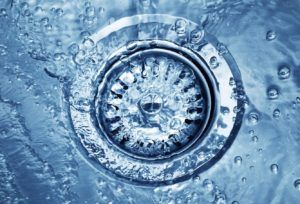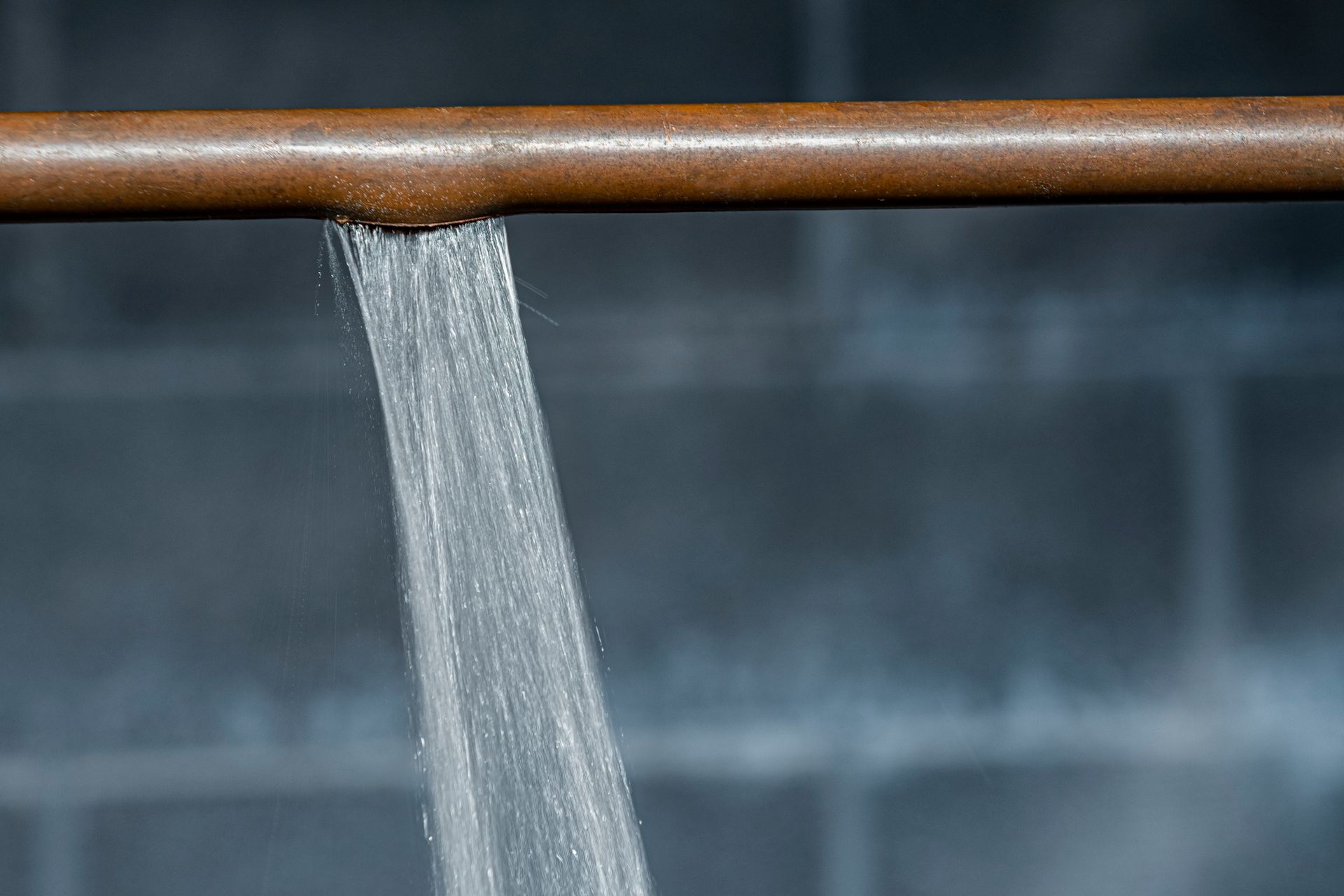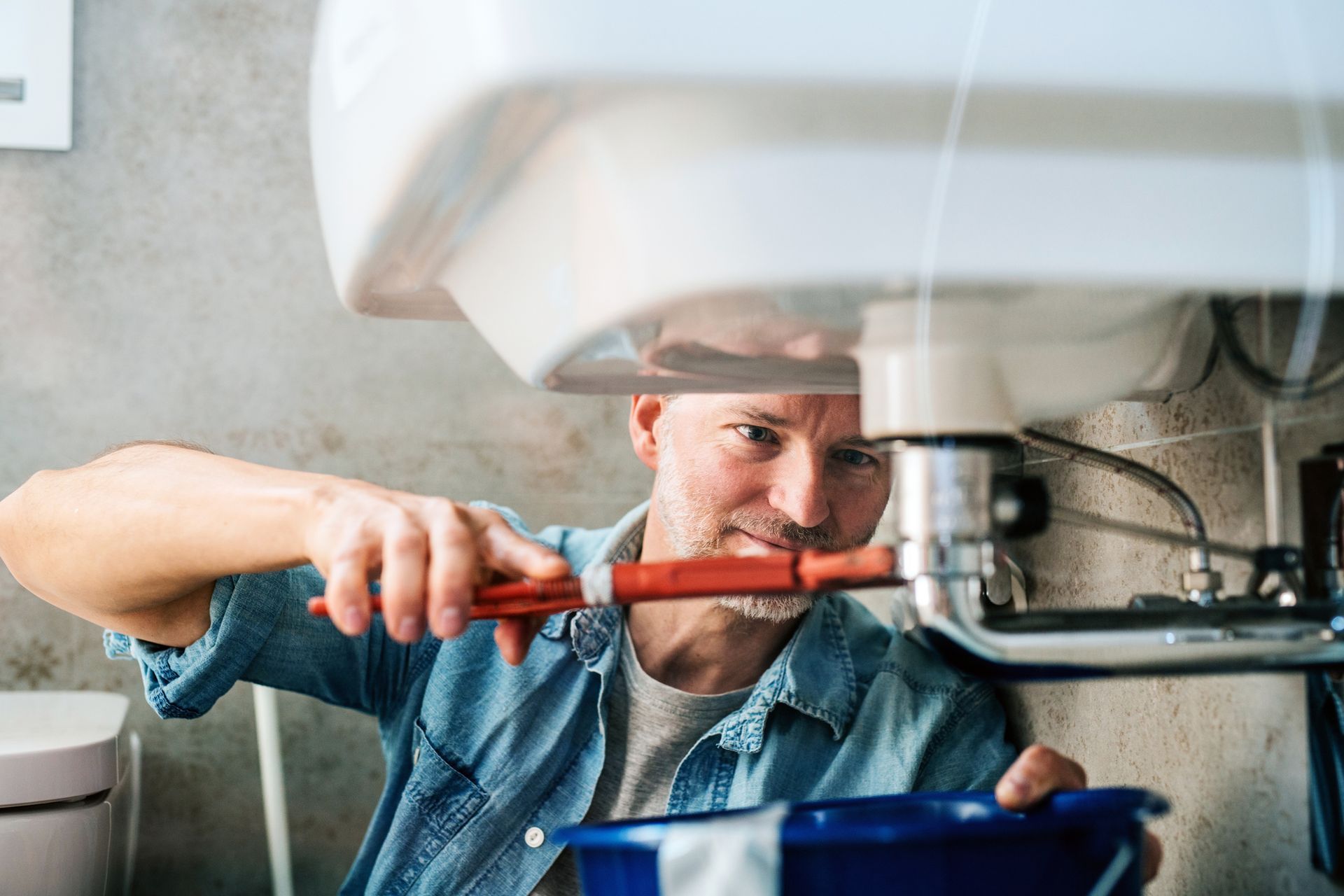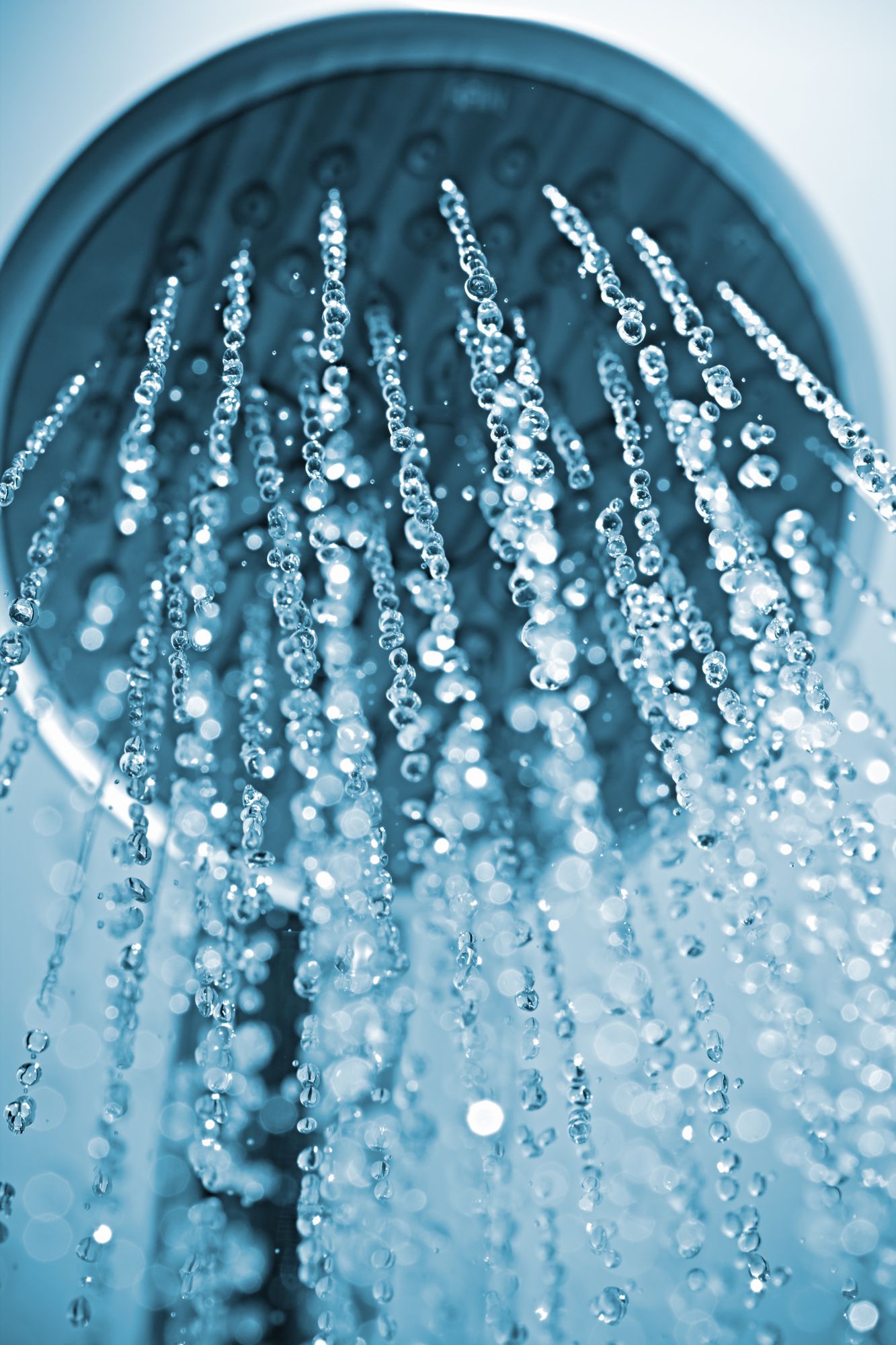Don’t Let Low Water Pressure Get You Down

Low water pressure can be frustrating, especially when you’re taking a shower or washing a sink full of dirty dishes. Sometimes low water pressure is due to a simple problem, like a clogged aerator screen on a shower head or faucet — a condition that is easily fixed.
But when the problem is more complex, you’ll need the help of a professional plumber. In that case, a plumber can take several steps to identify and fix the problem. When you call a plumber, these are some of the things they might do to resolve the issue.
Locate a Leak
All it takes is one leaky pipe to cause low water pressure in your home and raise your water bill. If you suspect that a leak may be the problem, look for signs of wet spots in your basement and on the ground where the main line meets the supply line. If you don’t find water, you may have a leak somewhere in your home’s interior plumbing.
One way to find out is to close all water shut-off valves in the home and check the reading on the water meter. Check again later to see if the meter reading has changed. If it’s higher, waste no time contacting a plumber.
Check Diameter of Water Main
The size of the main pipe that supplies water to your home can affect water pressure, too. You get more water pressure from larger pipes. That’s because larger pipes lose less pressure to friction.
As water moves against the inside walls of the pipe, there is less resistance and therefore less pressure loss in large diameter pipes. But because it’s harder to force water through smaller pipes, higher resistance causes a loss of water pressure.
If the diameter of the water main is large enough to meet your home’s water demand and provide good water pressure, the problem may be a crack in the line. When a pipe breaks, the water traveling through it to your home leaves behind mineral buildup and deposits of sentiment that can block pipes.
Look for Corroded and Clogged Pipes
A plumber will look to determine whether mineral buildup somewhere in your plumbing system is the cause of low water pressure. Because mineral deposit buildup can also clog shut-off valves, a plumber may start the search there.
If corroded shut-off valves aren’t the problem and you have steel or galvanized pipes in your home, corrosion that occurs over time can clog the pipes with rust and mineral deposits. Clogged pipes restrict the flow of water and may need to be replaced.
Replacing old galvanized steel pipes is a costly investment; therefore, you may want a plumber to replace the most corroded pipes first with copper. When it comes to repiping a plumbing system, plumbers often start by replacing elbows and horizontal pipes in the basement or crawl space — areas where problems often occur. A plumber will move on to run new vertical lines if water pressure is still low.
Install a Water Pressure Booster
Because even new pipes can have low water pressure, another fix is for a plumber to install a water pressure booster at the water meter. A booster pump increases the pressure of water traveling through the main water line to your home’s plumbing fixtures. This device also increases the flow of water when the demand is high.
Booster systems consist of an electric pump and a pressure tank that holds a reserve of water. When water pressure falls below the setting on the booster, the pump turns on.
The pressure tank prevents the pump from turning on and off too frequently when there is small flow demand. A pump lasts longer when it isn’t continuously stopping and starting.
Inspect Your Water Heater
Your water heater may be the problem if only the hot water faucets in your home have low water pressure. Like water pipes, rust, sentiment, and minerals can build up in the outlets, bottom of the tank, and pipes connected to your water heater. As the lines to and from the water heater become clogged, the water pressure through the pipes decreases.
If flushing the tank doesn’t help and the pipes are blocked with sediment, some of the plumbing may need repiping. Sediment at the bottom of the heater can pass through to your home’s plumbing system, clogging the supply lines and fixtures. A plumber may also need to evaluate the condition of the water heater itself and determine whether to replace it with a new one.
If you need help increasing water pressure in your home, Jim Dhamer Plumbing and Sewer, Inc. can look for the possible cause of low water flow and take the steps described in this blog to correct it.
The post Don’t Let Low Water Pressure Get You Down appeared first on .
Leave A Reply
More Posts









